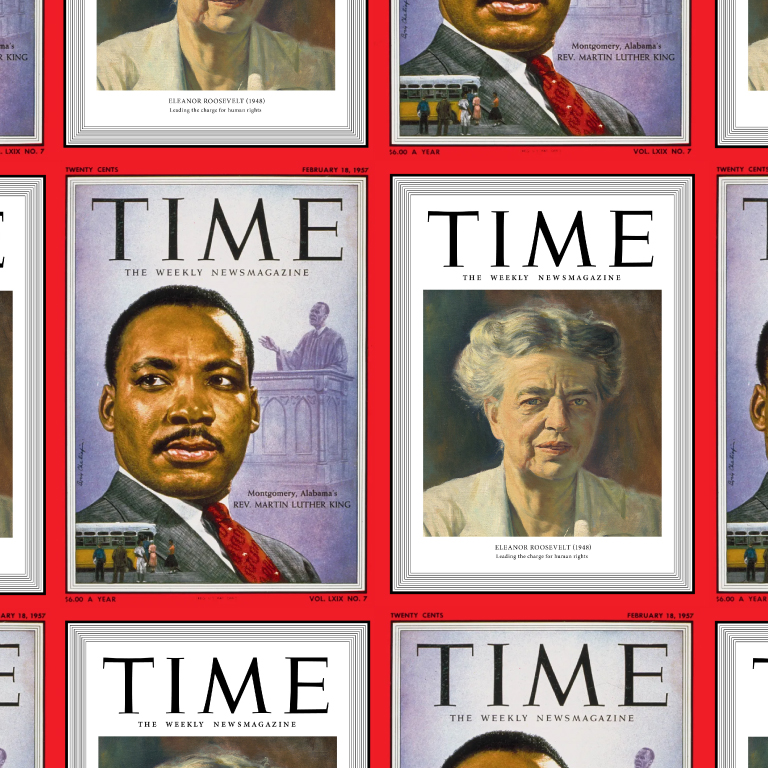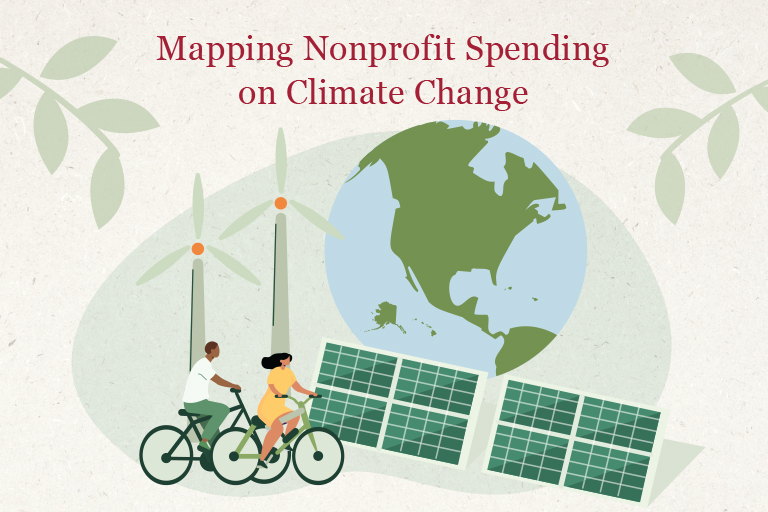After the global conflagration of World War II, a period of light and hope allowed the work of long-standing civic and philanthropic movements to place alternatives to war, violence, and oppression atop the global agenda. Whatever moral and symbolic force these inspiring principles exercised to limit the use of organized force and barbarity, they are now depleted. Witness the open dehumanization that characterizes discourse around many kinds of conflict, including wars that rage between countries and polarization that afflicts public life within them.
Perhaps it was no coincidence that humanity took center stage, however briefly and symbolically, when women led the way. Perhaps we would not again be in a period in which humanity is being eclipsed if more women were in charge. I’d be willing to take such a wager.
How proximate humanity seemed to all observing the longest serving first lady in American history, who became America’s inaugural delegate to the United Nations. Eleanor Roosevelt worked to forge the Universal Declaration of Human Rights proclaiming a new, absolute commitment to universal human dignity, and it seemed to have a chance, at least for a while.
Humanity’s primacy was enshrined in the UN and in the Geneva Conventions of 1949 that addressed many of the destructive “innovations” of the recently concluded Second World War. A language of presumed rights and dignities was established that became the dominant moral imagination of how the people of the world could and should relate to each other. Leading to this momentary triumph were non-state actors and voluntary initiatives like the one that led to the creation of the International Committee of the Red Cross, the guardian of humanitarian law.





